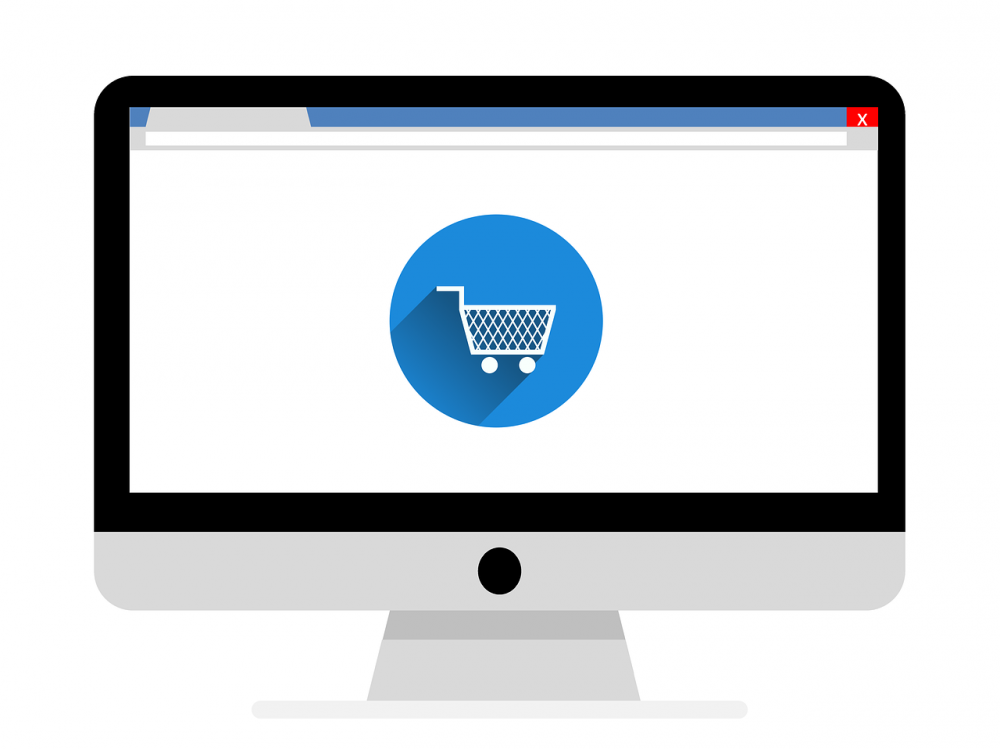Supply Chain: Understanding the Backbone of Modern Business

Introduction:
At its core, a supply chain is a complex network of activities and processes that involve the movement of goods and services from the point of origin to the point of consumption. It encompasses various stages, including procurement, manufacturing, logistics, and distribution, and plays a pivotal role in connecting suppliers, manufacturers, retailers, and customers. In this article, we will delve into the world of supply chains, exploring their historical evolution, key components, and significance for both individuals and businesses.
1. A Comprehensive Overview of Supply Chain:

Supply chains are the lifeline of modern commerce, enabling the seamless flow of goods and services across national and international borders. The key components that make up a supply chain include:
– Suppliers: These are the entities that provide the raw materials, components, or services required for production.
– Manufacturers: They transform the raw materials into finished products, ensuring quality control and adherence to standards.
– Distributors: These entities help in the movement of finished goods from manufacturers to retailers or end-users.
– Retailers: They act as the bridge between manufacturers and consumers, making the products accessible to the target audience.
– Customers: Individuals or businesses who utilize the end-products according to their needs.
2. Historical Evolution of Supply Chain:
Supply chains have been an integral part of human civilization for centuries, but their true potential has been unlocked with the advent of modern transportation and communication technologies. Let’s take a historical journey through the significant milestones that have shaped the supply chain landscape:
– Ancient Times: In early civilizations, supply chains were primarily focused on fulfilling basic needs, such as food and shelter. The Silk Road, established in the second century BC, played a vital role in connecting the East and the West, facilitating trade and cultural exchange.
– Industrial Revolution: With the mechanization of production during the 18th and 19th centuries, supply chains became more organized and efficient. The invention of the steam engine and the railway system revolutionized transportation, enabling the mass distribution of goods.
– Post-World War II: The Second World War marked a turning point in supply chain management. The development of military logistics systems led to the adoption of similar techniques in the civilian sector. Concepts like just-in-time inventory management and total quality control gained prominence.
– Information Age: The widespread use of computers, the internet, and advanced software systems in the late 20th century transformed supply chain management. Companies started using real-time data to optimize inventory levels, track shipments, and enhance overall efficiency.
The Impact of Digitalization on Supply Chain:
The exponential growth of technology and digitalization has brought forth a new era of supply chain management. Here are some noteworthy transformations:
1. Enhanced Visibility: With the integration of tracking systems, companies can easily monitor the movement of goods throughout the supply chain. This ensures improved transparency, leading to reduced lead times and better customer satisfaction.
2. Data Analytics: The availability of vast amounts of data has given rise to advanced analytics tools that help in optimizing supply chain operations. Businesses can leverage predictive modeling and artificial intelligence to forecast demand, streamline inventory, and identify areas for cost reduction.
3. Collaboration and Integration: The rise of cloud-based platforms has facilitated better collaboration between suppliers, manufacturers, and retailers. Real-time communication and data sharing enable seamless integration of processes, resulting in leaner and more agile supply chains.
4. Sustainability and Ethical Practices: Supply chain sustainability has gained significant attention in recent years, with companies striving to minimize their ecological footprint and ensure ethical sourcing. Digital platforms enable monitoring and auditing of suppliers, ensuring compliance with environmental and social standards.
In conclusion, supply chains are the backbone of modern commerce, enabling the smooth flow of goods and services from producers to end-users. With advancements in technology and digitalization, supply chain management has evolved from a mere facilitator to a strategic tool for competitive advantage. Understanding the intricacies of supply chains is crucial for individuals and businesses to improve efficiency, reduce costs, and adapt to changing market dynamics. Embracing digital transformation and adopting sustainable practices can pave the way for a resilient and future-ready supply chain ecosystem, ensuring success in today’s interconnected world.
References:
– “Introduction to Operations and Supply Chain Management” by Cecil B. Bozarth and Robert B. Handfield
– “Global Supply Chain Management and International Logistics” by Alan E. Branch
– “Supply Chain Management: Strategy, Planning, and Operation” by Sunil Chopra and Peter Meindl
FAQ
How has supply chain management evolved over time?
What are the impacts of digitalization on supply chains?
What is a supply chain?
Flere Nyheder
Sådan maler du en væg en anden farve – En trin-for-trin guide
Introduction: At its core, a supply chain is a complex network of activities and processes that involve the movement of goods and services from the point of origin to the point of consumption. It encompasses various stages, including procurement, man...
Lars Pedersen
12 juli 2024
Juridisk ekspertise i hjertet af hovedstaden
Introduction: At its core, a supply chain is a complex network of activities and processes that involve the movement of goods and services from the point of origin to the point of consumption. It encompasses various stages, including procurement, man...
05 juli 2024
Frokostordning Århus: Et skridt mod bæredygtige måltider midt i byen
Introduction: At its core, a supply chain is a complex network of activities and processes that involve the movement of goods and services from the point of origin to the point of consumption. It encompasses various stages, including procurement, man...
04 juli 2024
Pædagogvikar: Den fleksible løsning til daginstitutioner
Introduction: At its core, a supply chain is a complex network of activities and processes that involve the movement of goods and services from the point of origin to the point of consumption. It encompasses various stages, including procurement, man...
Jannik Hansen
02 maj 2024











